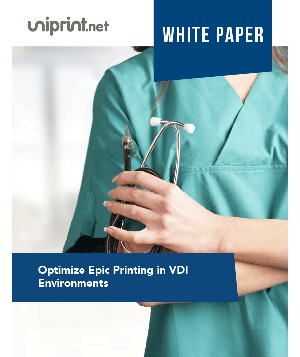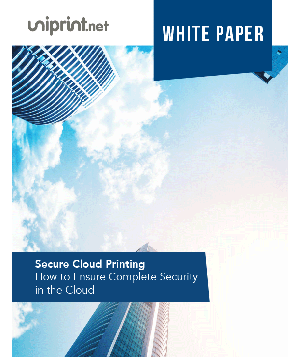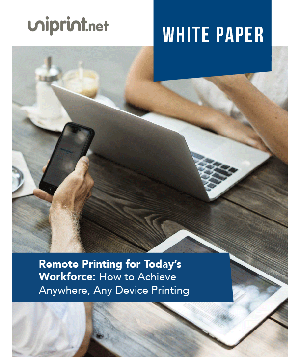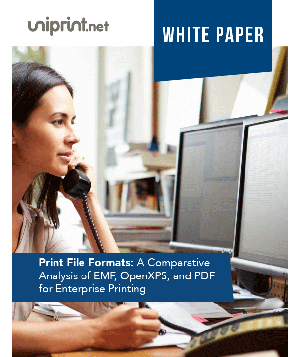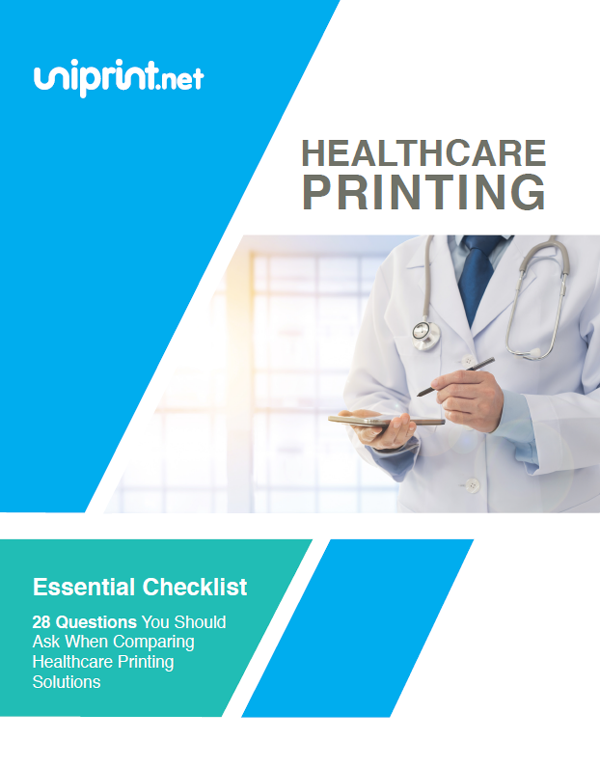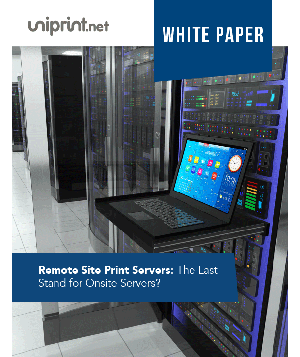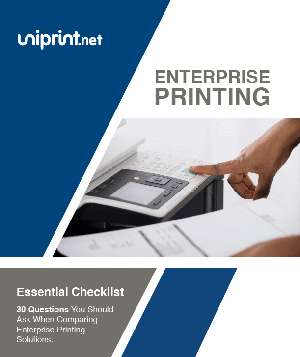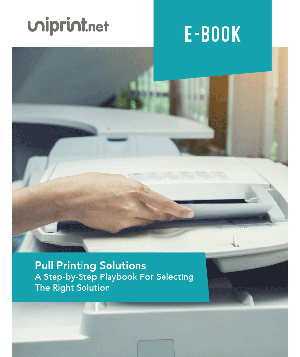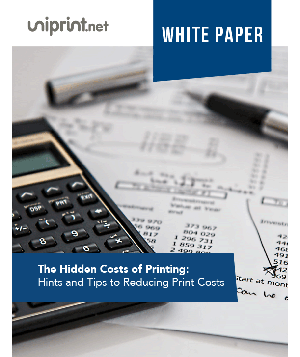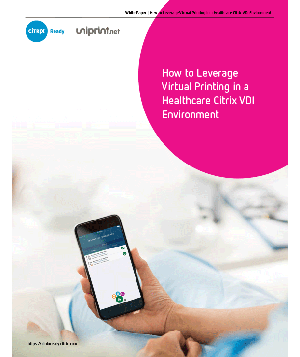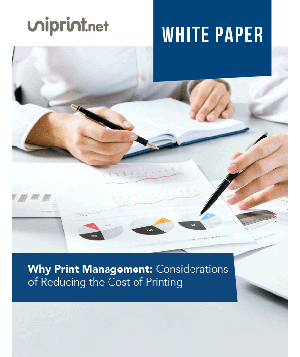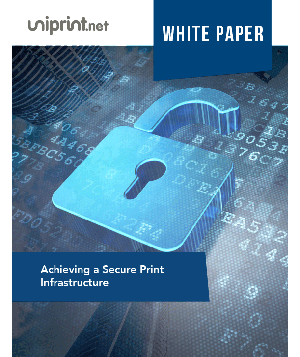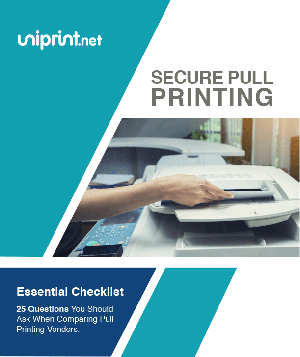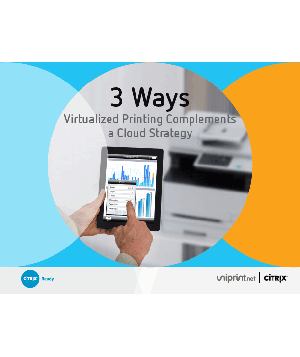Enterprise Content Management (ECM): The Document Lifecycle
What is Enterprise Content Management (ECM) ?
Enterprise Content Management (ECM) can be defined as the strategies, methods, and tools used to capture, manage, process, and deliver content and documents throughout an enterprise setting.
Because of the complexity surrounding enterprises and the vast amount of unstructured internal information going around within companies, content management in enterprises can be particularly challenging.
Today, vendors have begun focusing on developing innovative enterprise content management solutions that focus on the business-to-employee aspect. The ideal enterprise content management solution helps firms reduce their costs, improve workflow efficiency, and enhance productivity.
How Does ECM Work?
It has been established that ECM is your digital repository containing all kinds of documents that range from word files, payrolls, and excel sheets to presentations, and audio and video files. You might think that this sounds just like any cloud storage system, so what difference does ECM make? Well, ECM helps you integrate the whole documentation process. Apart from keeping your files at a single location, it also scans duplicate or near duplicated documents. This way you can delete the unnecessary duplicate files and remove clutter.
The ECM works with Optical Recognition Technology to scan the documents and convert them into files that are readable by the software. Moreover, if you are looking for a specific term, you do not need to scan all the documents. With ECM, you can easily land the term with a single search. Hence, your time and energy are saved.
Apart from this, ECM also comes with the advantage of securing documents by using passwords. Therefore, you can also keep the documents confidential and provide limited access. Lastly, with the use of ECM, you can automate the process of routing documents. This means that the required document will be sent to the specific person or organization when required.
What Are the Benefits of ECM?
ECM not only helps you with secured document collection but offers several other advantages too. So, let’s see what other perks ECM offers.
- You can keep track of all the documents
- Eliminate the duplicate documents and keep only the required ones
- Allow only limited access to the confidential documents
- Store all the documents in a centralized platform
- Enhance the content accessibility by using improved data mining tools
- Ensure document encryption and limited accessibility
- Enable seamless document workflow
- Integrate with Microsoft Office and enable automated data saving
- Use the mobile app to access the documents anywhere anytime
The Document Lifecycle
At the heart of enterprise content management lies the document lifecycle. The document lifecycle traces the path of any internal document, beginning from the capture of content and ending at delivery!
Successful enterprise content management solutions aim to modify processes throughout the document lifecycle and enhance efficiency where possible.
1. Capture of Content
The document lifecycle begins with the capture phase. In general, this refers to all content entering the system.
The capture phase involves converting paper documents to electronic files, along with collecting electronic files and data into a streamlined structure for easier management.
Processes in the capture phase include document imaging and scanning, as well as form processing through e-Forms and Web-Forms. Capture also encompasses content from emails, file imports, and fax documents.
The efficiency of capture processes can be magnified through the deployment of technologies such as Optical Character Recognition, Handprint Character Recognition, Barcode Recognition, etc.
Check out this free checklist on Important Questions You Should Ask When Inquiring about Enterprise Printing Solutions!
2. Document Management
Once the content has been captured or created by the enterprise, the document enters the management stage of the lifecycle.
In this phase, documents are integrated into the company’s workflow. Based on the document type and its objective, companies can secure documents if needed so that they are abiding by regulatory requirements.
Records management enables organizations to fortify their documents from inappropriate and unauthorized access.
The store and preserve components of enterprise content management can also be broadly placed under the management phase of the document lifecycle.
The store phase involves setting aside content in storage sites known as repositories. The store component requires administration support for repositories and storage technology.
With employees in today’s modern workforce accessing documents on multiple devices and storing documents on a variety of repositories, enterprises might want to consider adopting solutions offering integrated platforms where employees can access and manage all their documents from a single source.
The preserve component involves long-term archival of static information using long-term storage media and the implementation of long-term preservation strategies.
3. Process Documents
After ensuring secure management of the document, the document lifecycle proceeds to the automation of business processes, and document redirecting and processing, whenever new content is captured or created.
By implementing a streamlined authorization process for access to documents, users can review documents and engage in business processes without being physically present at the office.
4. Output: Deliver Content
The output component of the document lifecycle involves delivering content that has been captured, managed, and processed.
Content and documents need to be given to the right people, at the right time! The output phase involves the use of transformation technologies, security technologies, and distribution routes to get the content out to users in a controlled and orderly fashion.
An example of a productivity-enhancing strategy within the output phase would be to implement print management software within the enterprise.
The effective use of this software would greatly enhance the efficiency of the output of content at the end of the document lifecycle.
Are you looking to reduce your costs, improve your efficiency, gain control over your documents, integrate your technology, and enhance your workforce’s productivity? Make sure you consider optimizing your document lifecycle and implementing the right enterprise content management solution for your enterprise.
Check out this free checklist of Questions You Should Ask When Inquiring about Enterprise Printing Solutions!
Future of ECM
With evolving times, ECM is also being improved to meet the demands of organizations. The developers tend to add features that will enhance productivity and make document storage and accessibility even more time-saving. Moreover, automation and machine learning are becoming the key components of ECM with time.
Therefore, in the future, organizations will be able to completely automate the documentation process by the use of ECM regardless of the type of document.
Try UniPrint InfinityCloud
Whether you are printing at the office or at home, UniPrint InfinityCloud is the cloud printing solution of choice for your organization.
Recent Posts
- Why Traditional Printing No Longer Works In Your Office
- How to Streamline and Modernize Printing in Healthcare Environment
- When Print Management Becomes a Crisis: How to Act Fast
- 10 Ways Cloud Print Management Can Increase Security to Prevent Data Loss and Increase Productivity
- Serverless Printing 101: A Beginner’s Guide to Going Server-Free with Print
- Cloud Printing Management: The Secret to Fewer Help Desk Tickets
- Why Should You Outsource Printing Management? A Comprehensive Overview
- How Cloud Print Management Prevents Print Server Vulnerabilities
- Is Printing Dead?
- How InfinityCloud Outshines Microsoft Universal Print in 2024
- See All


